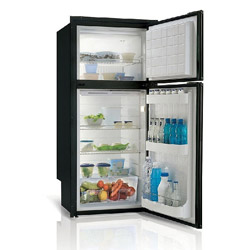Yeah, I (kinda) know...and odds are 10:1 that I'll end up with a Vitrifrigo. I was leaning toward it anyway and remember your positive experiences with it. Which reminds me, I think you know who a Vitrifrigo rep is from another forum? I lost track of his info and need to find it again, main distributer is in Ft Lauderdale and I imagine I can save shipping when I go to pick up batteries. Think he had Volkswagon in his screen name...?
I really like the looks of this:

...and if I can figure out how to work the oddball 53" height into the design, I'll probably go with it. I'm terrible about starting with a $800 unit, ooh wait, that $1100 is much nicer...well heck, might as well get what I Really want for $1500 :/
I really like the looks of this:

...and if I can figure out how to work the oddball 53" height into the design, I'll probably go with it. I'm terrible about starting with a $800 unit, ooh wait, that $1100 is much nicer...well heck, might as well get what I Really want for $1500 :/






























































